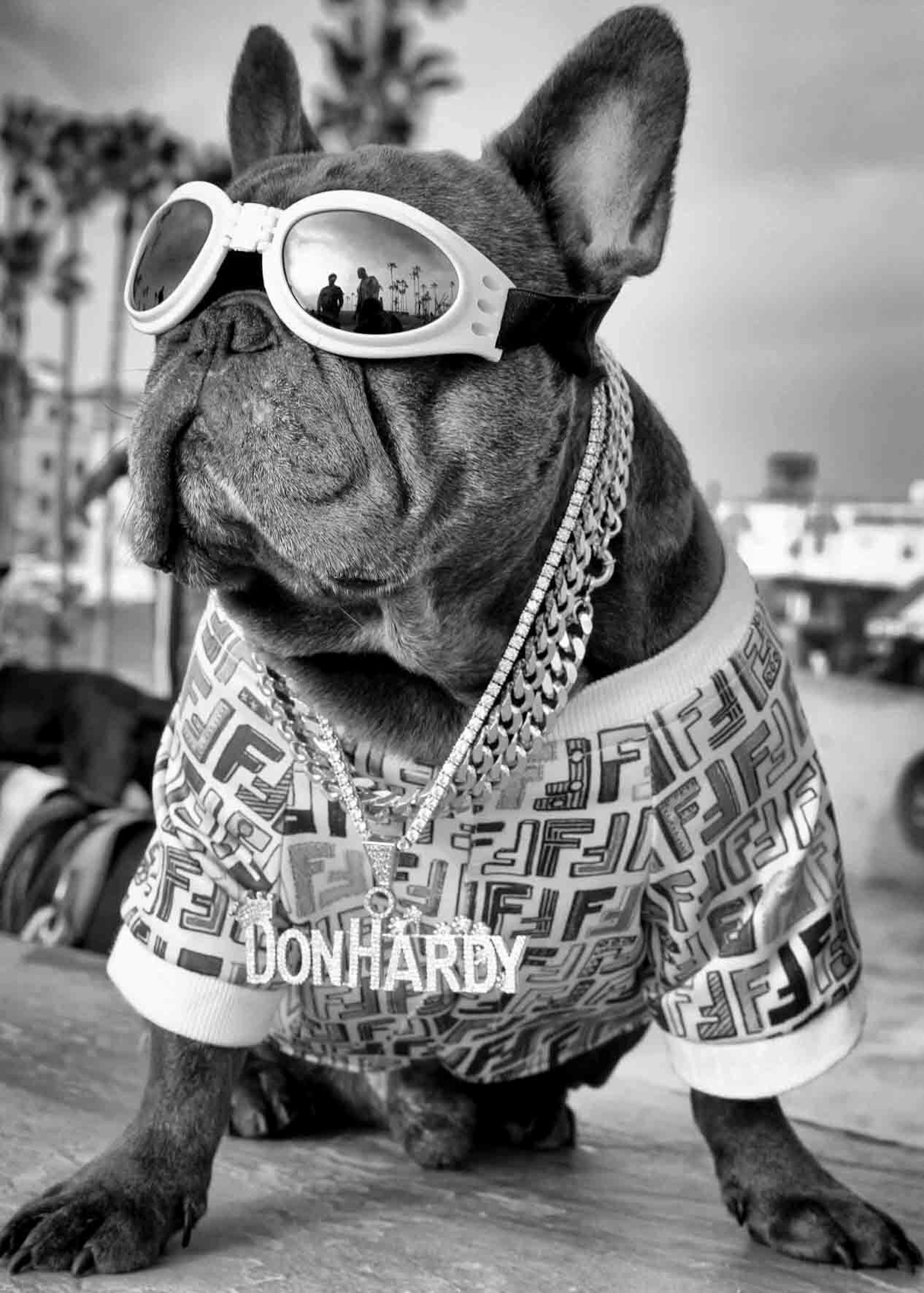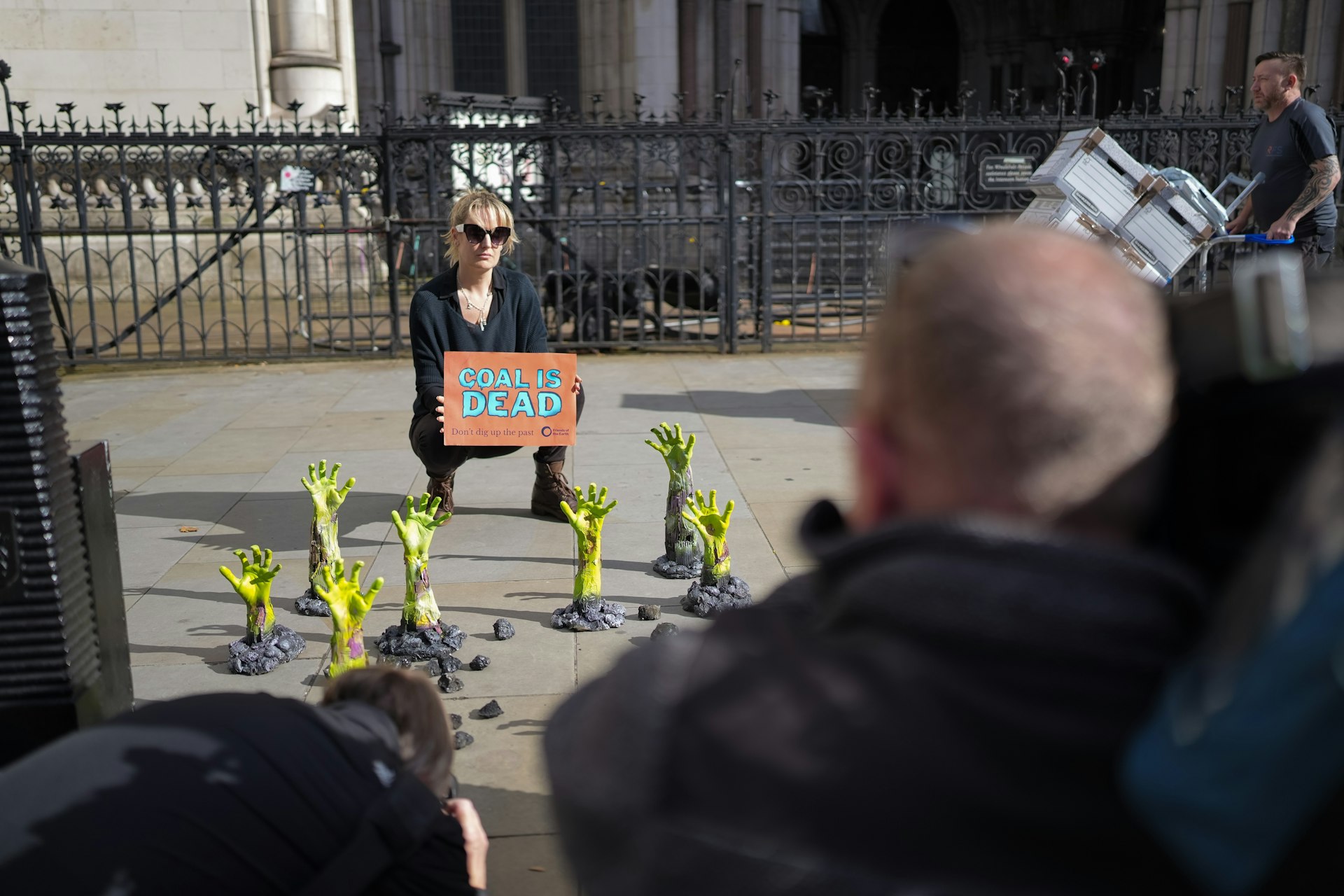Portraits of revellers at the birth of Northern rave culture
- Text by Ella Glover
- Photography by Steve Lazarides

When Steve Lazaridez began taking portraits of people dancing in the UK’s first illegal raves, he couldn’t predict how people would react. “He went from this kind of vitriolic, spitting in your face, ‘fuck off or I’ll kill you,’” recalls the British-Greek Cypriot publisher, photographer, collector and curator, of the time he unknowingly asked a man who had just come out of prison whether he could take his picture. “Then, 10 minutes later he came back and said, ‘right, my pill’s kicked in, you can come and take my picture if you want.’”
It was around 1992 and Lazarides was a 22-year-old photography student at Newcastle Polytechnic. With a budget that stretched to just one roll of film a night, he decided he wanted to capture the emergence of the enigmatic UK rave scene. Now, 30 years on, these photos are collected in a new book titled Rave Captured.

Lazarides says that rave culture was never exactly his scene, but he’d wanted to show a different side to how it was being portrayed by the fear-mongering press. For Lazarides, the scene was more than what he calls in the book “a simmering pot of depravity,” but a place where people went to express their freedom. “It was the mass lawlessness that appealed to me,” he tells Huck. “I’ve never been one for rules and regulations at the best of times and, to be there, seeing everybody breaking it on a mass level, was quite something.”
As someone with bipolar and ADHD, both undiagnosed until his mid-40s, Lazradies has always been attracted to subcultures. First, it was graffiti, then skateboarding. Then, he tells Huck, “While I was at college, the Bristol scene sort of unfolded in front of my very eyes – I still kick myself to this day for having never taken a single picture of it.”
Still, he felt like an outsider to the rave scene. “It was a privilege to be granted access because, as with most subcultures, the only pictures that really count are the ones that tend to be taken by people that are already immersed in something.”

Despite a certain wariness of cameras from within the subculture, mostly due to the demonising press reports and a lack of non-press photographers around at the time, Lazarides began to gain people’s trust: “I’d go to the rave and I suddenly started seeing some of the same characters there, so there was a little bit of camaraderie.”
It’s this trust, he believes, that allowed him to take such authentic portraits – and that’s why he’d always asks permission before taking a photograph. “When you take a good portrait, it does have a bit of someone’s soul in it,” he says. “You get some feeling for who the person is, and that’s a big ask. That’s why I maintain, if you haven’t got the bollocks to ask someone if you can take their photograph, you don’t have the right to take it.”
It wasn’t easy – for every ‘yes’, he recalls, he would get about five “fuck off or I’ll kill you’s”. But, he says, you need to spend time with the people you’re photographing. “You can still get those off-key portraits,” he says, “You’ve just got to put the time and effort in.”

The rave scene erupted out of the ruins of Thatcher’s Britain which, especially in the North East, had decimated industry. “Suddenly, you’re watching a society trying to repair the wounds of a fucking lunatic,” Lazarides says. “And people just wanted to step out and fucking party.”
He continues: “You can only feel glum for so long, before you have to slap on your war paint and your armour and go and live life.
“It was us against the state; It was a big fuck you to the press and society, without it really being about that. People weren’t doing it as a mass protest, they were doing it because they wanted to have a good time again…But I’ll tell you what, it didn’t feel like we were losing.”




Rave Captured is available to purchase here.
Enjoyed this article? Like Huck on Facebook or follow us on Twitter.
Latest on Huck

Autism cannot be cured — stop trying
A questionable study into the ‘reversal’ of autism does nothing but reinforce damaging stereotypes and harm, argues autistic author Jodie Hare.
Written by: Jodie Hare

Bristol Photo Festival returns for second edition
After the success of it’s inaugural run, the festival returns this autumn with exhibitions, education and community programmes exploring a world in constant motion through still image.
Written by: Ben Smoke

Documenting the life of a New York gang leader paralysed by gun violence
New photobook ‘Say Less’ is a complex yet humanising look into a life wrecked by gun violence and organised crime.
Written by: Isaac Muk

The woman who defined 80s Hip Hop photography
A new exhibition brings together Janette Beckman’s visionary and boundary pushing images of an era of cultural change and moral panic.
Written by: Miss Rosen

In photos: the dogs of Dogtown
A new photobook documents Venice Beach’s four legged friends and their colourful cast of owners.
Written by: Isaac Muk

Inside the battle to stop coal
As the legal challenge against Britain’s first deep coal mine in 30 years reaches the High court, we talk to activists at the centre of the fight to stop it.
Written by: Ben Smoke